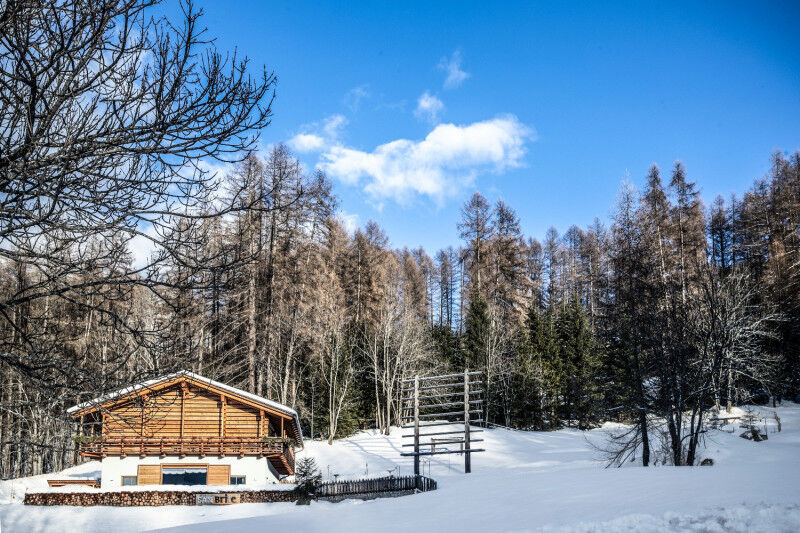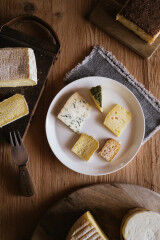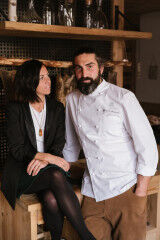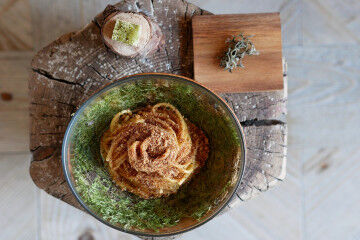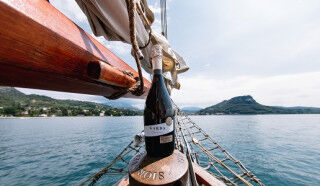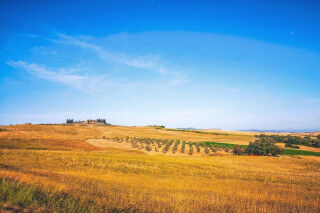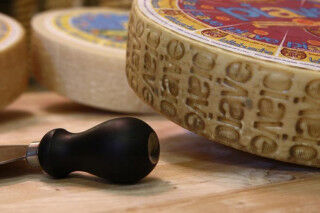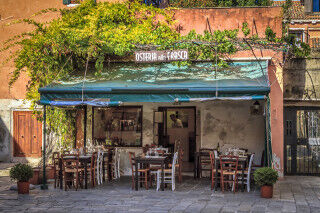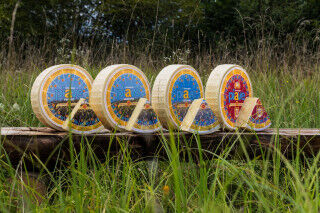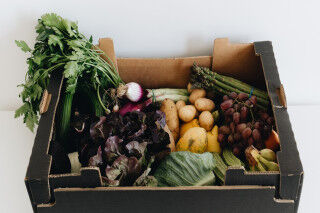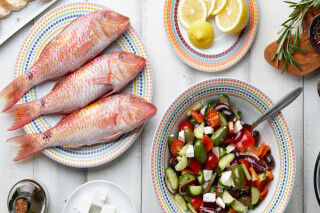MOVING AWAY FROM CLASSIC DEFINITIONS OF LUXURY, WHAT DO WE FIND?
In Italy, like everywhere else in the world, there are destinations that have become status symbols. These seemingly have more in common with the notion of Brand rather than classic travel and holiday resort concepts. Everyone is familiar with the handful of vacation spots of the happy few, as per Shakespeare, where the aristocracy, be it titles or business, owns their second or third vacation homes, whereas the New Rich opt for hotels. Portofino and Santa Margherita Ligure in the summer, Courmayeur and Cortina d'Ampezzo in the winter.
And in each hotspot, each main street boasts the exact same window facades of the same haute fashion Maisons. After all, these minuscule towns embrace and nurture a privileged destiny, reaping the benefits of a specific prosperity brought by this sort of tourism, at the ultimate cost of authenticity.
This way of thinking about luxury is aging badly, rendered obsolete by the onslaught of global crises that question the optimistic and possibly obtuse notion that things will only get better. The mountains provide an ideal place to stop and think, and I’ve got at least two good reasons why: first, it's a fragile ecosystem that experiences every single day the impact of global climate change and excessive tourism defacing the landscape; second, the slow pace of life here leaves ample time to think.
A FAIRY-TALE LIKE SETTING ALLOWS SAN BRITE TO SHINE BRIGHTER
Far from Cortina’s center with its shop windows and main drags, in a cabin immersed in a larch forest and nestled under the peak of Mount Cristallo, a setting that is almost fairy-tale like in its purity, we find the ethereal El Brite de Larieto, a family-run farmhouse and agriturismo with a solid menu of traditional dishes designed to satiate appetites stimulated by long walks in fresh mountain air.
When the kitchen changed hands to the second generation, owner Riccardo Gaspari thought improvement upon the flavors and sensations of his local mountains was needed. Together with his wife, Ludovica Rubbini (GM and dining room and cellar manager), they opened San Brite. The splendidly original restaurant is housed in what used to be the property’s barn, and regardless of its humble beginnings, the San Brite was awarded a star by the Michelin Guide last November.
The magic of this mountain setting is clearly visible in all the restaurant’s elements, beginning with its appearance: the wood, stone and dried flowers hanging from the ceiling beams are all locally sourced, and the cascade of light from the large windows is of course breathtakingly natural.
WHAT MAKES THE MENU OF SAN BRITE SO UNUSUAL, SO SPECIAL
On the menu there are no exotic ingredients, and traditional notions of sophistication don’t appear here, at least not in the immediate impact. However, in inspecting the finer details, you realize that everything the San Brite restaurant offers has been painstakingly researched, beginning from the steep, narrow pathway winding up to San Brite as it criss-crosses the thick woods and pastures along the mountain’s slopes. In these pastures, we encounter the cows who give the milk and meat (used quite sparingly) that appear throughout San Brite’s tasting dishes.
San Brite’s most symbolic dish arguably, is Spaghetti with Mountain Pine Oil and Crisped Bread. This stunning dish is a clear statement of intent, clearly unifying the San Brite kitchen with the woods. The almost-numbing Balsam-accented pasta is balanced by the dish’s gentleness, as presented by the gallantry of mountain oil and crisped bread crumbs. My favorite dish, I believe, was San Brite’s classic vegetable appetizer: a mosaic of grilled leeks with a buttermilk and anchovy sauce representing for me the utmost in top-notch comfort food.
SAN BRITE’S MARRIAGE TO PHILOSOPHY OF NO WASTE IS OMNIPRESENT
The menu also gave me a glimpse of how every ingredient is used virtuously, and the concept of no waste is ever-present throughout the restaurant’s philosophy. From the dairy literally next door to the San Brite restaurant, leftover dairy products, also available next door in the Piccolo Brite dairy store, are interpreted in original ways in the kitchen.
Don’t miss the caramelized whey that transforms into a graceful, fetching dulce de leche. And definitely devor the coup de théâtre piece wrapping up the larger tasting menu: a boiling pot is placed at your table, from which a small, steaming fresh Ricotta form is extracted. This fresh, glorious cheese is then enjoyed warm from the pot, accompanied with seasonal fruit compotes.
A MEAL AT SAN BRITE CAN REFRESH THE SPIRIT AND SOUL
Restaurants featuring radically innovative menus with such pronounced conceptual density often have the downside of not preparing delicious dining options. So often we find that, alas, the restaurant’s concept and message dominate the gastronomic component. To use a simple comparison, often the “head” wins at the expense of the “stomach.” San Brite offers a most welcome respite from this sort of dining experience, possibly thanks not just to ingredients selected, but also thanks to the humble message the kitchen wishes to pass on to diners.
San Brite is a stunningly beautiful singular example of fine local dining compared to Cortina’s more classic sense of luxury. Thanks to life being in a constant state of flux, everything evolves, including tastes and customs, and the success of San Brite can testify to this evolution. Be sure to book well in advance, you won’t be the only ones discovering this quintessential mountain gourmet paradise.
If you've loved reading about San Brite, Sara's got your back on another hot tip: Rantan, a farmhouse that manages to combine the beauty of the countryside with the proximity of 20 minutes driving time (about!) from Turin. Check out this article and many others on the Mamablip Blog!
Stay tuned and sign up below for Mamablip's Newsletter. Stay on top of all the Mamablip secrets in the kitchen and wine cellars that you won't want to miss!
